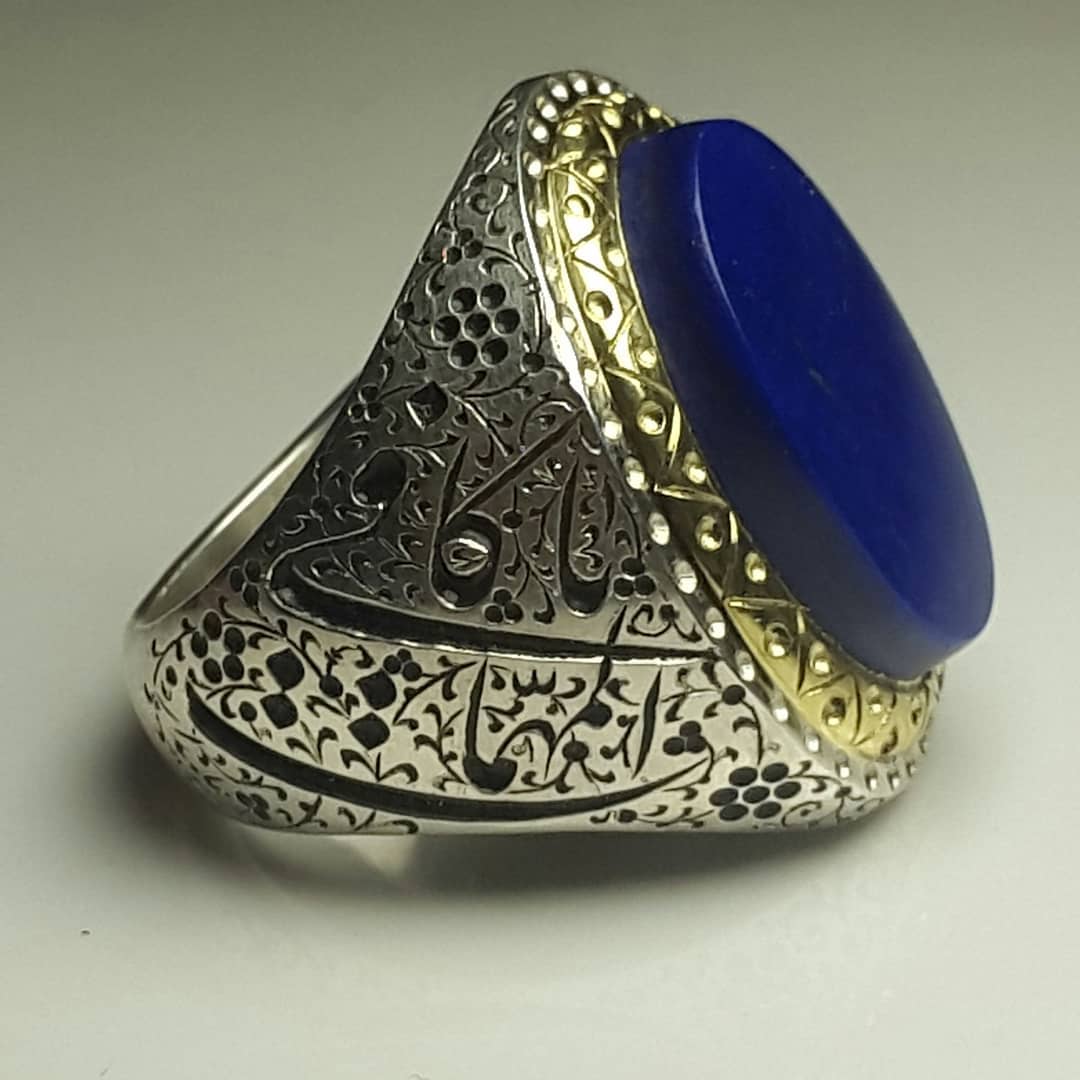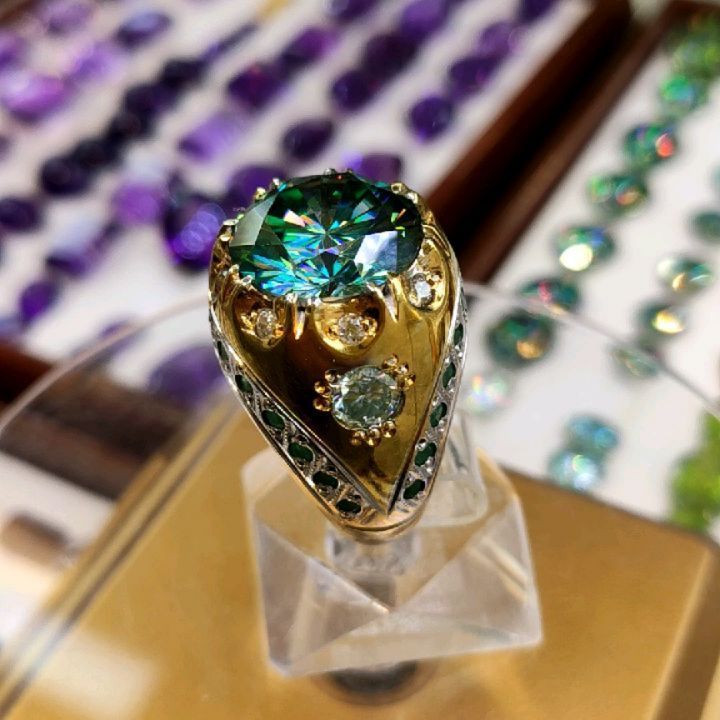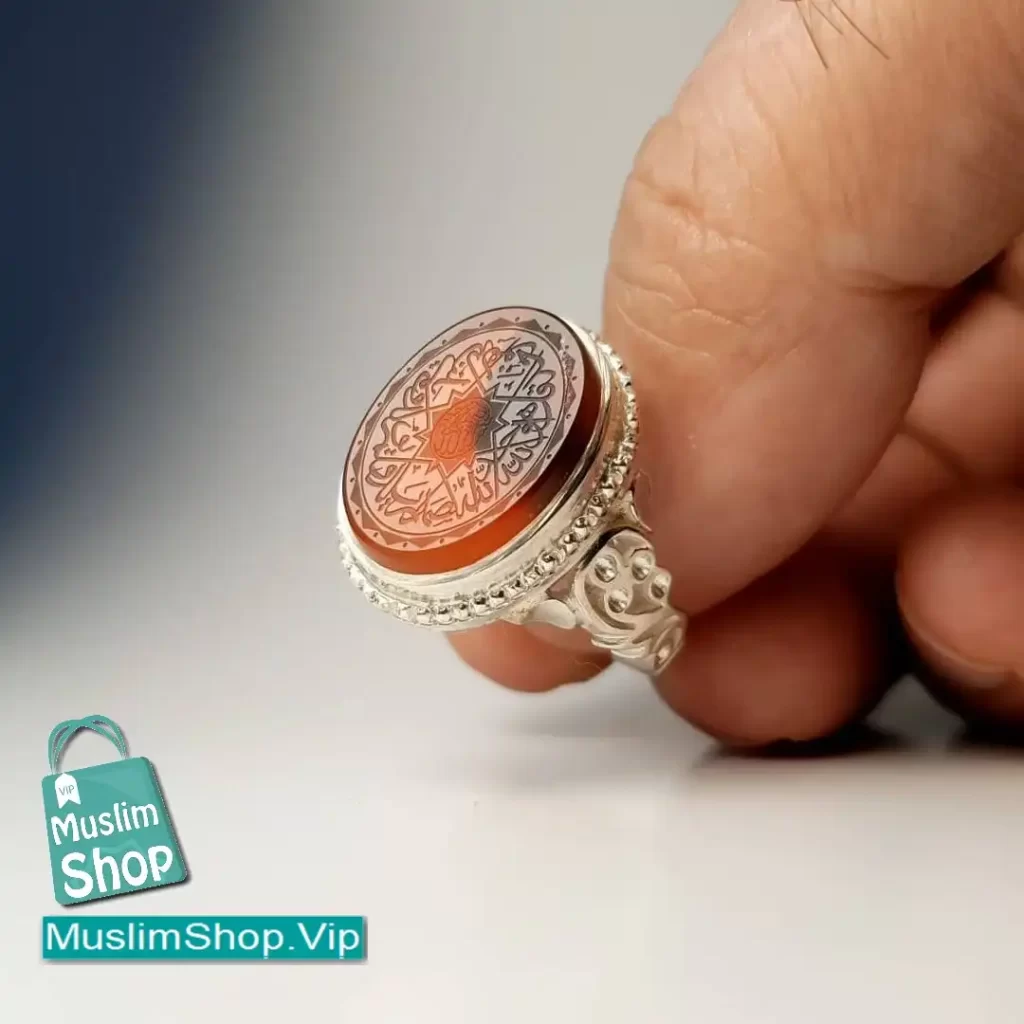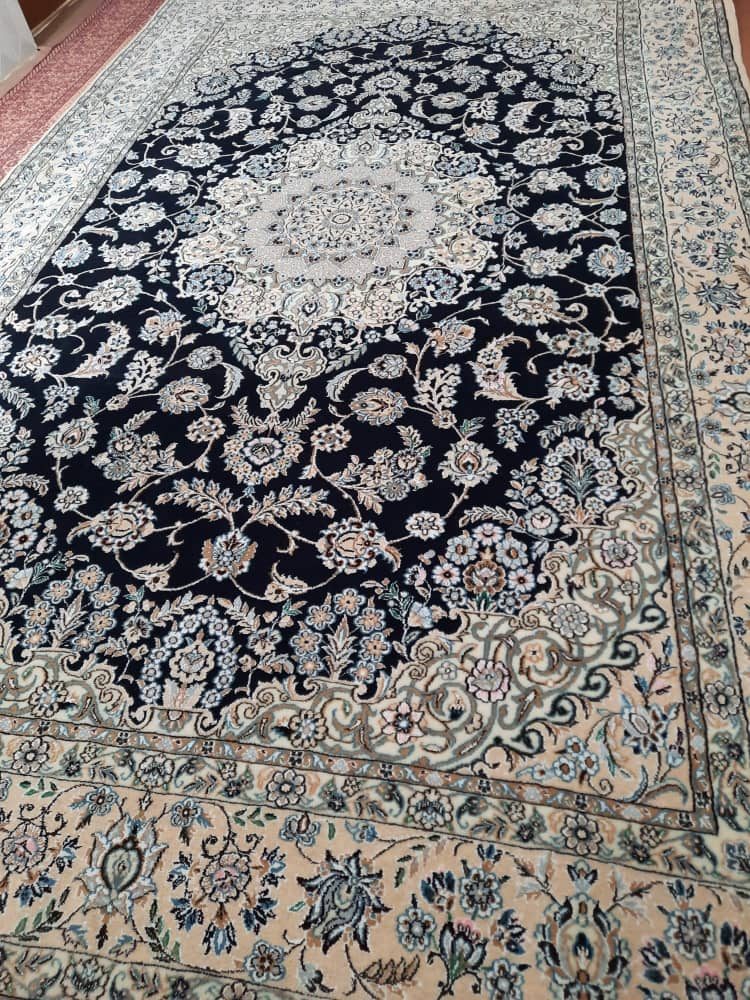Tread Upon Tradition: Unveiling the Exquisite World of Handmade Iranian Rugs
For centuries, Iranian rugs have transcended mere floor coverings, serving as vibrant expressions of culture, artistry, and enduring craftsmanship. Woven with meticulous detail and passed down through generations, these carpets tell stories, reflect identities, and infuse living spaces with timeless elegance. Delving into the world of handmade Iranian rugs is an exploration of history, artistry, and an investment in enduring beauty.
A Timeless Legacy: A Brief History of Iranian Rugs
The art of rug weaving in Iran boasts a rich tapestry dating back thousands of years. Nomadic tribes played a crucial role, crafting functional rugs with bold geometric patterns and natural dyes. Over time, rug weaving flourished in cities like Tabriz, Kashan, and Isfahan, each developing distinct styles and motifs. Royal patronage further elevated the craft, with intricate designs and luxurious materials like silk becoming hallmarks of these “court carpets.” Despite facing challenges in recent decades, the tradition of handmade rug weaving continues to thrive, passed down through families and nurtured by dedicated artisans.
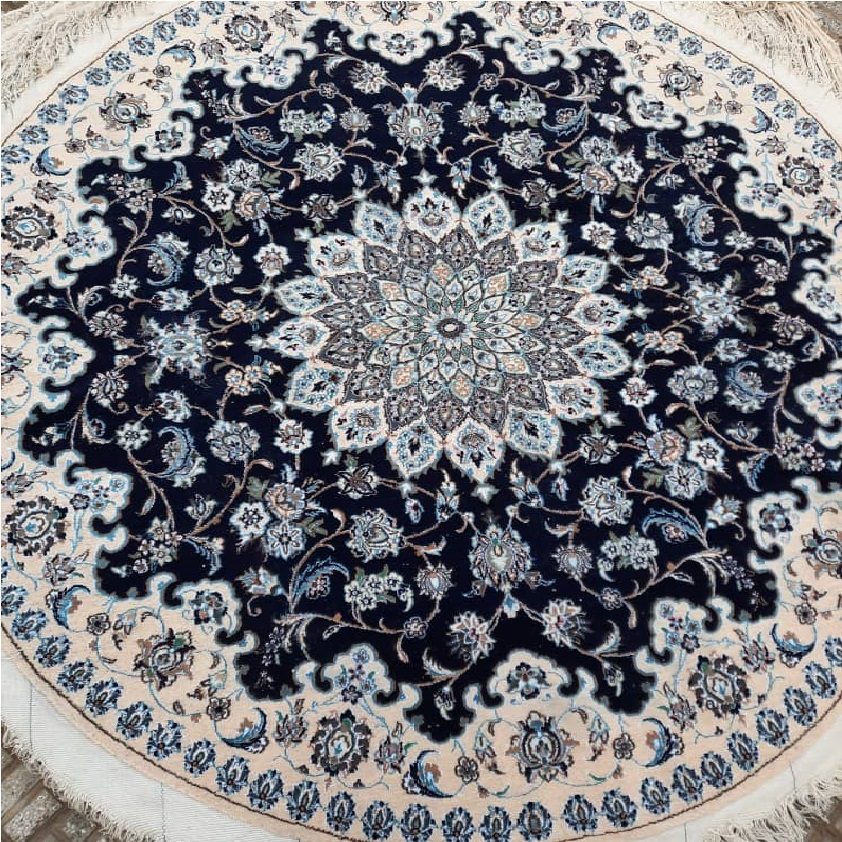
A Journey Through Regions: Exploring Diverse Rug Styles
The vast landscape of Iran offers a diverse tapestry of rug styles, each reflecting the unique heritage and character of its region:
- Tabriz rugs: Renowned for their intricate medallion designs, floral motifs, and vibrant colors, often using high-quality wool and silk.
- Kashan rugs: Celebrated for their elegance, often featuring floral designs and subtle color palettes, traditionally made with fine kork wool and silk.
- Isfahan rugs: Characterized by their graceful floral patterns, often incorporating elaborate medallions and rich colors, known for their Verwendung of silk and kork wool.
- Qom rugs: Prized for their detail and silk pile, showcasing intricate floral and geometric designs.
- Ghahreban rugs: Rustic and charming, featuring bold geometric patterns and vibrant colors, typically made with wool and used by nomadic tribes.
Beyond Aesthetics: Understanding the Symbolism
Beyond their visual appeal, Iranian rugs often hold deeper meanings. Motifs like the tree of life symbolize longevity and prosperity, while geometric patterns may represent tribal affiliations or spiritual beliefs. Each rug tells a story, reflecting the cultural heritage and artistic expression of its weaver.
The Art of Knotting: Unveiling the Skill Behind the Beauty
The true magic of Iranian rugs lies in the meticulous hand-knotting process. Each knot, meticulously tied by skilled artisans, contributes to the rug’s strength, durability, and intricate design. The number of knots per square inch (KPSI) is a key indicator of quality, with higher KPSI signifying finer detail and greater value.
Investing in Legacy: Considerations for Buying an Iranian Rug
Owning an Iranian rug is an investment in history, artistry, and enduring beauty. Here are some key factors to consider:
- Purpose and size: Consider the rug’s intended use and ensure it complements the size and style of your space.
- Material and weave: Wool rugs offer durability, while silk provides unparalleled opulence. KPSI plays a crucial role in determining value and aesthetic detail.
- Design and origin: Explore various regional styles and choose a rug that resonates with your aesthetic preferences and cultural sensibilities.
- Authentication and certification: Opt for reputable dealers who can provide certificates of authenticity and information about the rug’s origin and weaving process.
Caring for Your Treasure: Preserving the Legacy
Like any heirloom, proper care is vital for preserving the beauty and longevity of your Iranian rug. Regular vacuuming, professional cleaning at intervals, and avoiding direct sunlight are key practices.
Walking on Art: The Enduring Allure of Iranian Rugs
Owning an Iranian rug is more than just acquiring a floor covering; it’s embracing a timeless art form, connecting with a rich cultural heritage, and investing in a piece that will grace your home for generations to come. As you step upon its intricate knots, remember the skilled hands that crafted it, the stories it whispers, and the legacy it embodies. Let your Iranian rug be a conversation starter, a source of admiration, and a testament to the enduring power of human creativity.
Additional SEO Tips:
- Include high-quality images of various Iranian rug styles.
- Consider featuring quotes from artisans or experts on the rug weaving process.
- Link to reputable resources for purchasing and caring for Iranian rugs.
- Use relevant keywords throughout the article, including specific city names and rug styles.
By incorporating these suggestions, you can create an informative and engaging article that captures the essence of handmade Iranian rugs and their enduring appeal.


